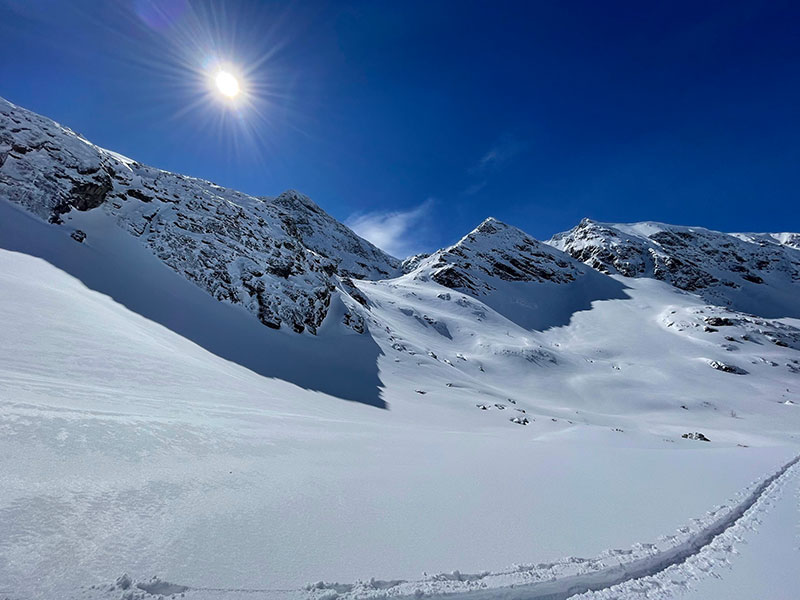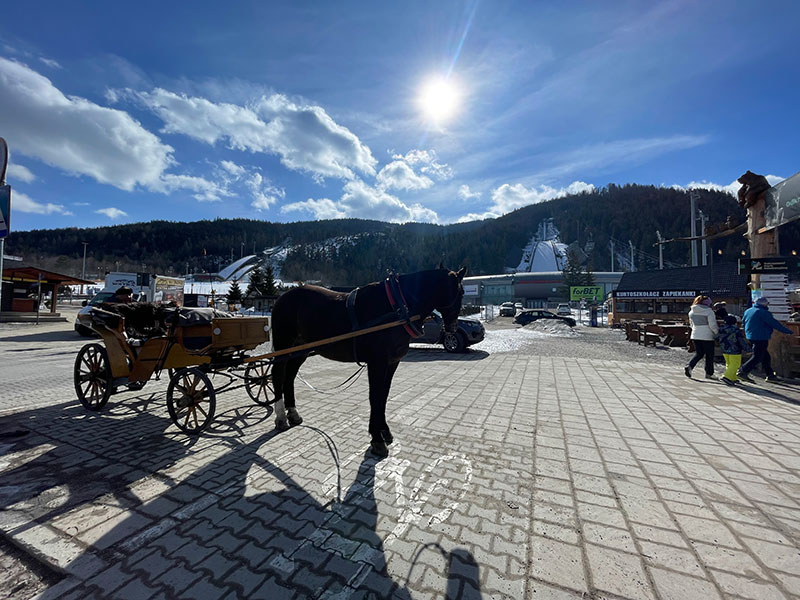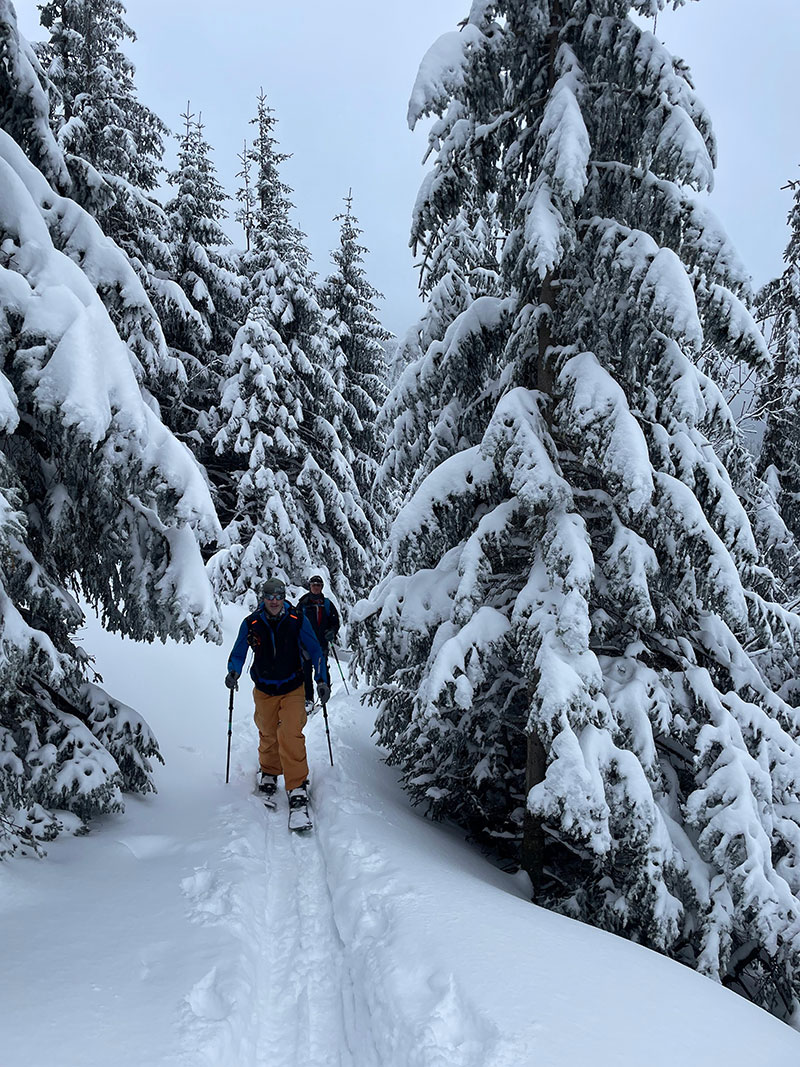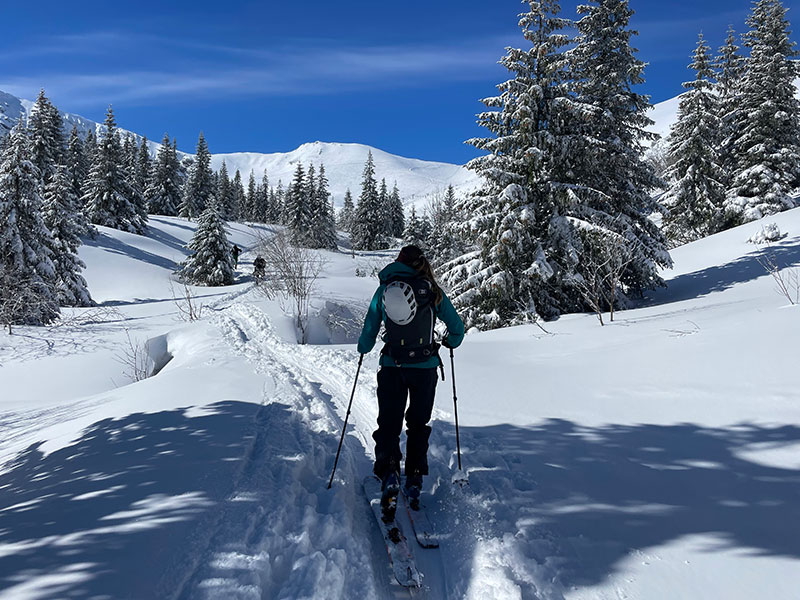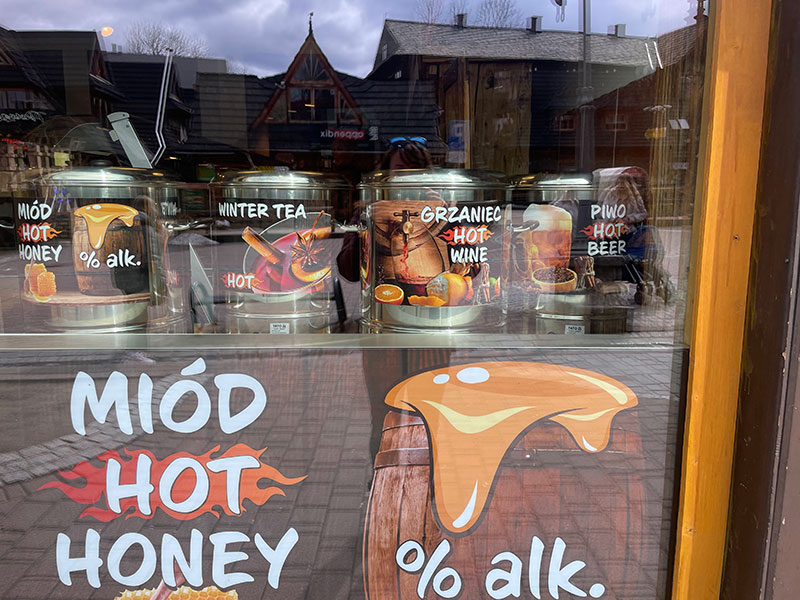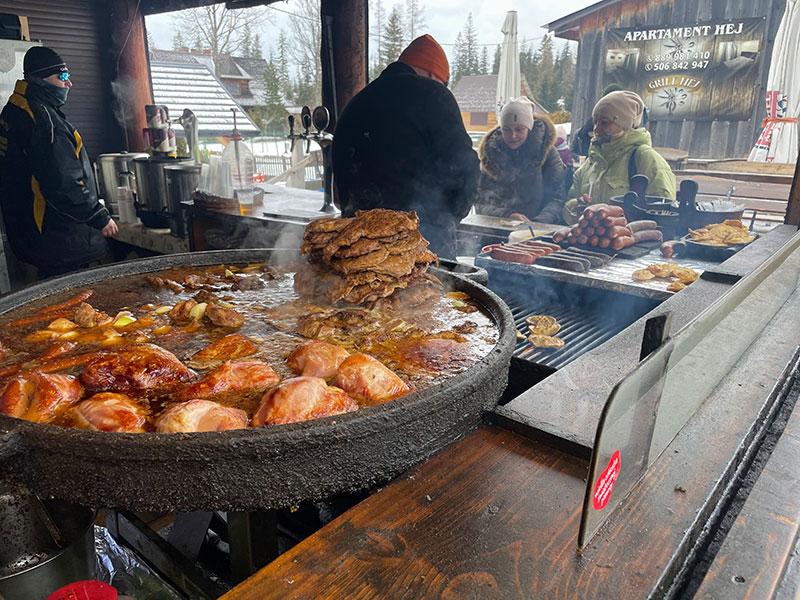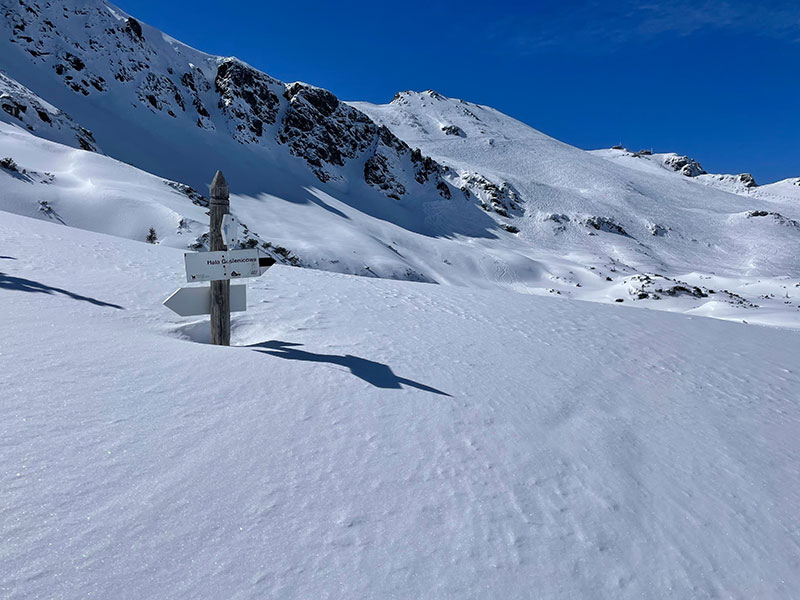Zakopane, nestled in the Tatra Mountains along the southern part of Poland, could have been designed for ski tourers like me who enjoy a mid week break from the sport by stretching out like a hippo in 36 degrees plus waters.
Around this region alone, there are 6 different thermal baths, pools, and parks to select from; Chocholowskie Thermal Baths Zakopane, Terma Bania, Szaflary, Bukovina, Goracy Potok and Aquapark in Zakopane.
Since the 19th century, Zakopane was known as a health resort with its healing climate and thermal springs.
More boreholes were drilled in the 90s when thermal waters were discovered deeper down, at around nearly 3,600 meters in the Podhale region near Zakopane, according to Maks Raycell from local ski chalet company, Snomads. Therefore the new baths are big and modern. At Terma Bania I could even enjoy a few drinks from the bar while not having to get out of the water.
And this was definitely welcome after a few days ski touring and an overnight in a hut in the Tatras mountains.
While the Zakopane ski area is a great area for beginners and intermediate skiers, with over 15 individual resorts, the more adventurous should head to the Tatra National Park which has has gentle 20-25° slopes to demanding 40-45° couloirs and many ski touring options.
Arriving in Poland in the middle of a huge dump of snow at the end of March, Zakopane had gone from spring back to winter in one day.
With so much snow I spent the first day wandering around the pedestrian Krupówki Street with its abundance of outdoor gear shops, souvenir and food stalls serving street food such as traditional oscypek - smoked ewe's milk cheese served with cranberry sauce.
Zakopane was once small village in an impassable forest, populated by Poles and Vlachs—shepherds from the Balkans, who brought with them a distinct culture and folklore. Now its one of the most tagged ski resorts on Instagram and while you can find the modern shops here, much of its distinct character remains.
I joined the Instagrammers by photographing the horse and wagons, street market and many of the beautiful buildings, whose style was invented by Polish artist Stanisław Witkiewicz.
Witkiewicz was against using building styles such as in the Alps, and instead chose the local traditions of native Górals of Podhale, and added some Art Nouveau elements, giving birth to the "Zakopane Style" or Witkiewicz Style at the end of the 19th century.
Many of the new homes in the mountains are built according to this style, including the Snomads Chalet Stardust which is just a short walk from the entrance to the Tatras National park and my ski touring base for the week.
From here we skinned to the entrance of the national park, and up, with all our kit and overnight gear, through pine forests, past a “bear dinosaur cave” set in the mountain and a tree run known as “the snake” as you have to wiggle so much to ski through it.
It was hard work as there had already been over 15cm snow at 1200m that morning, so after 2 hours we reached our home for the night at the Schronisko Górskie PTTK Murowaniec hut at about 1500m.
After a coffee break and relieving ourselves of some weight from our bags, we skinned up again, along the piste, to the top of the Kasprowy Wierch gondola - with white out conditions and snow dumping down there wasn’t much else safe to do. Fortunately, this is one of the only places in world were the rescue helicopter is free…, not that Ii was worried we would need it.
At 1987 meters Kasprowy Wierch is considered to be the ‘Holy Mountain of Polish Skiers’ and after a quick stop to flip into ski mode we enjoyed a tentative, but powdery ski back down to the hut, where my first stop was a glass of Herbata Z Prądem, or Polish Winter Tea to warm me up; a winning combination of black tea, raspberry syrup, lemon juice, honey and a healthy shot of vodka.
To my delight the hut was very modern with boot warmers in the bathroom, hot showers and lots of charging points. Unlike huts in the alps, here you can rent slippers and towels and there is a canteen, rather than a set dinner.
The canteen offered traditional polish dishes, such as Bigos, or hunter's stew (chopped meat stewed with sauerkraut and shredded fresh cabbage) to pizza which locals drenched in garlic sauce and cranberry jam. Turns out this os another addictive combination. For dessert I treated myself to a Szarlotka- or apple pie- with thick layers of fruit, a layer of cream or meringue and a crumb topping, which can be washed down with Grzane Piwo (mulled hot beer) or Grzane wino (mulled wine).
Whoever usually manages to loose weight ski touring will struggle in Poland!
After my usual painful nights sleep in a bunkroom at altitude I started the day with Śniadanie - a Polish breakfast- typically consisting of scrambled egg, bread, a side of dairy – either kefir, or quark cheese, smoked sausages, tomatoes, and fermented fruit or veg.
It was a glorious blue sky day with powder galore and we set off bellies full, past the Kolej krzeselkowa Gasienicowa chair lift to Zielony Staw Gasienicowy lake. Here there were two possible summits for us - to the right and left. Koscielec at 2155m and Svinica 2301m. Of course we did both, stopping below the top, and skied down in hero, face spraying snow! After about 650m climbing, we headed back to the hut, collected our things and skinned another 150m to the chairlift to get to the top of Kasprowy Wierch and skied back down, on and side piste, to the valley.
The Tatras offer an abundance of great ski touring areas, such as the Goryczkowa and Kondratowa Valleys and from Krawkow it’s really easy to get to, at just an hour and a half away.
It’s also worth taking the time to check out Zakopane itself, with its thermal baths, cross country as well as alpine skiing options and traditional food like garlic soup or dumplings stuffed with a variety of fillings from meat to cheese, mushroom and cabbage. And the good thing about ski touring here is you can enjoy all this fodder, guilt free.

